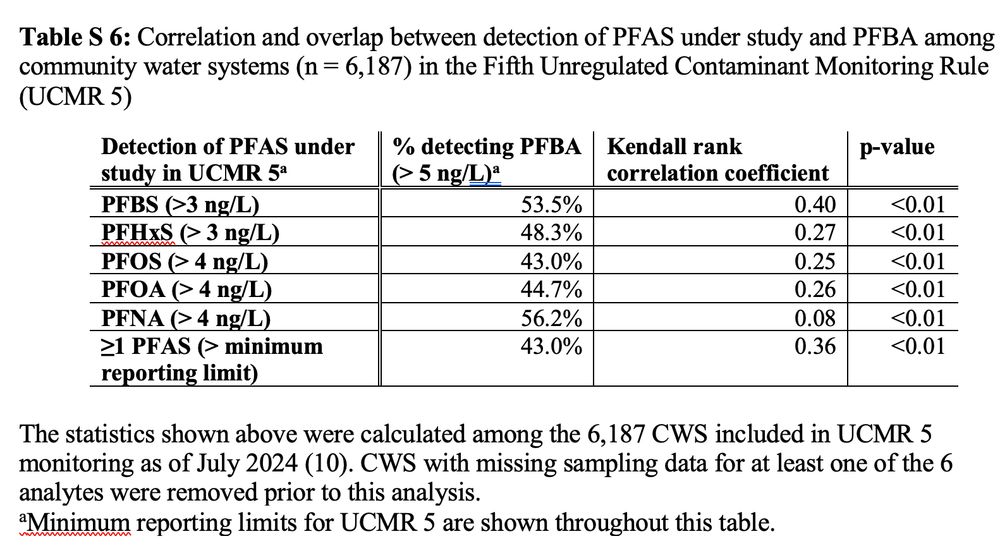
pubs.acs.org/doi/10.1021/...
pubs.acs.org/doi/10.1021/...
pubs.acs.org/doi/10.1021/...
pubs.acs.org/doi/10.1021/...

Grateful for my coauthors for dreaming big but practical & excited to see where it leads! 🔓🚰 🗺️
Grateful for my coauthors for dreaming big but practical & excited to see where it leads! 🔓🚰 🗺️
🗺️ vis tools can combine exposure "surfaces" + measured results. In future, "AI for social impact" tools can assist data compilation if the right collabs are made (env + CS + community)
🗺️ vis tools can combine exposure "surfaces" + measured results. In future, "AI for social impact" tools can assist data compilation if the right collabs are made (env + CS + community)
🔓🚰 we propose combining DWQ + demographic at more "native" scales along w/ infra data, which are often inaccessible

🔓🚰 we propose combining DWQ + demographic at more "native" scales along w/ infra data, which are often inaccessible
1: we propose a combining extant DWQ datasets + describe challenges. Private well data are needed to make this complete + useful for all.
📊 as shown, any data compilation must acknowl + overcome limits in represent'ness

1: we propose a combining extant DWQ datasets + describe challenges. Private well data are needed to make this complete + useful for all.
📊 as shown, any data compilation must acknowl + overcome limits in represent'ness
- Dobbin 2025: Recent Trends in Water System Consolidation: Lessons from California
- Dobbin 2025: Recent Trends in Water System Consolidation: Lessons from California
I'm not a lawyer so I don't know what all the next policy steps are, but if anyone in the #PFAS / #drinkingwater / #EJ world wants to collab on a public comment to EPA's plans, I'm def on board!
I'm not a lawyer so I don't know what all the next policy steps are, but if anyone in the #PFAS / #drinkingwater / #EJ world wants to collab on a public comment to EPA's plans, I'm def on board!
3rd: EPA's data indicates that other replacement PFAS (e.g., PFBA) are correlated w/ detections of PFAS that are more commonly regulated in some states. The strongest correlations incl PFAS that EPA is reneging on.
(full paper: bit.ly/43sILON)

3rd: EPA's data indicates that other replacement PFAS (e.g., PFBA) are correlated w/ detections of PFAS that are more commonly regulated in some states. The strongest correlations incl PFAS that EPA is reneging on.
(full paper: bit.ly/43sILON)
(🔓full paper available open-access here: doi.org/10.1021/acs....)

(🔓full paper available open-access here: doi.org/10.1021/acs....)

